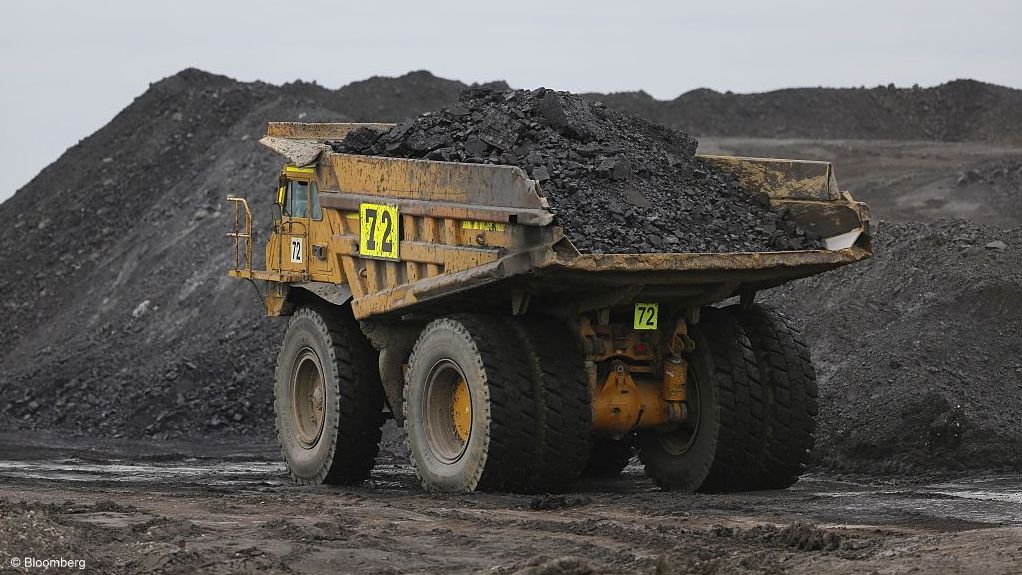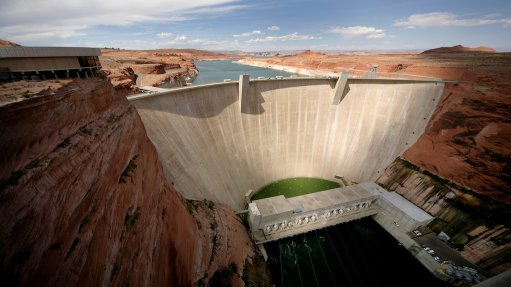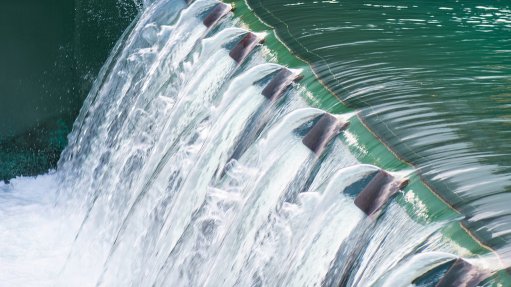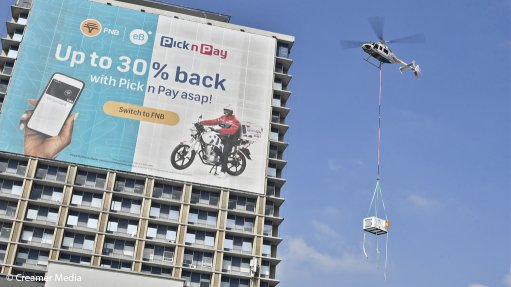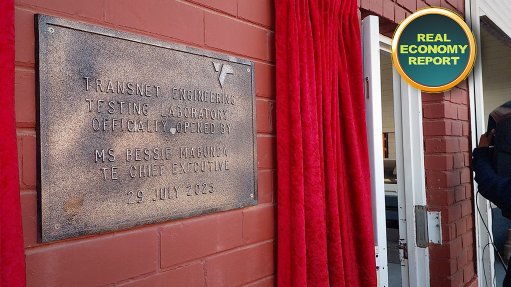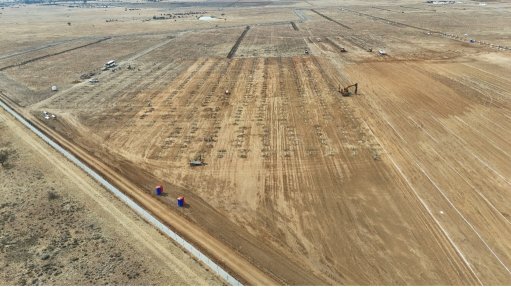Mining firms blow cold on India's plan to dig deep for coal
MUMBAI - India's plan to auction abandoned coal mines to private firms to meet rising energy demand has brought little cheer to the industry as running the mines poses financial, technological and safety risks companies are reluctant to take on, analysts said.
Grappling with unprecedented energy and power demand caused by scorching heatwaves in April and May, the government announced the reopening of 20 coal mines and called on private operators to run them, with a bidding process now under way.
State coal officials say extracting the planet-heating fossil fuel from underground mines does little damage to the surrounding environment, compared with openpit mining.
But energy experts have called the plan short-sighted and out of touch with the green and fair transition the country should be aiming for, saying renewable sources would be a cheaper and quicker fix for India's needs.
Boosting production from underground coal mines will take several years, while potential bidders are worried about the financial viability of the plan, critics say.
Officials argue that tapping high-grade coal reserves in underground mines is a relatively green option, as it would not lead to the land degradation caused by opencast mining.
"These mines can produce 5 million tonnes of coal every year for the next five years, provided all 20 mines are operated and there are sufficient bidders," said B. Veera Reddy, technical director with state-run Coal India Limited (CIL), India's largest coal firm.
"We have to encourage underground mining as it is more environment-friendly," he told the Thomson Reuters Foundation.
CIL accounts for more than 80% of India's coal production and it owns 345 mines, 150 of them underground and 170 opencast, with 22 mixed mines, government data shows.
Until four decades ago, underground mines accounted for 75% of India's total annual coal production of 100 million tonnes, but now barely provide 5% of about 780 million tonnes of coal produced each year, government data shows.
In contrast, more than 90% of the 3.7-billion tonnes of coal produced each year in China, the world's top producer, is from its underground mines.
Unlike China, Australia, the United States and South Africa, India has lagged behind in the mass mechanisation of underground coal production and the deployment of machinery at scale, mining firms and experts said.
But Reddy of Coal India is hopeful that coal production from the 20 mines will help meet India's target of producing 1.2-billion tonnes annually by 2023-24.
"India has no oil and gas and we are blessed only with coal," he said, adding that coal mining can be done in a way that does not harm the environment.
'GREEN' MINING
More than 90% of India's coal production comes from opencast mines which involves excavating large tracts of land, with the resulting soil and stones piled up, forming hillocks that have caused problems for local communities including unwanted tigers.
Opencast mining picked up in India about four decades ago after the government took over all the country's mines. It is considered cheaper and safer with larger production volumes.
But it "came at the cost of the environment" as opencast mining uses far more energy in blasting out coal and dealing with waste, giving it a "huge carbon footprint", said Ram Madhab Bhattacharjee, professor at the Indian Institute of Technology (Indian School of Mines) in Dhanbad.
"Now that we are talking environmental conservation, it is vital to consider underground mining again," he said.
However, unlike China which is producing coal from deep underground mines "successfully, skilfully and economically", and also manufactures mining equipment, India lacks the capacity and expertise needed for underground mining, he said.
This is why mining firms are now holding back, industry analysts said.
One consultant for India's underground mining operators, who did not want to be named, said inadequate technology had put a higher number of workers at risk of accidents - and changing that would be costly.
Many underground mines were closed for safety reasons such as explosions, and operators still lack the manpower and rescue teams to respond to such incidents, he added.
FINANCIAL RISKS
Bids for the 20 underground mines will open in early August and Coal India said it was hopeful of finding operators, with about five to 10 showing interest so far.
But private mining firms said Coal India's revenue-sharing model was a deterrent.
The current tender leaves 100% of the financial risk with the bidders, said Kameshwar Rao, head of underground mining business at Kolkata-based mining firm Gainwell.
Operators are required to put up all the investment for the project, but revenue generation will start only when coal production begins, which will take two to three years, said Rao.
To garner more bids, Coal India should make capital investments in the mines itself and limit the role of bidders to operating the mines, he said.
Coal India said in an email it was outsourcing operation of the underground mines - which were abandoned or closed years ago due to fires and flooding, among other reasons - as reopening them on its own would be economically unviable.
Professor Bhattacharjee said more bidders could be attracted if the government manufactured mining equipment or guaranteed its supply to mine operators, on top of financial incentives.
'SHORT-SIGHTED'
Coal fuels more than 70% of India's electricity generation - and officials, labour unions and industry analysts believe the fossil fuel is here to stay at least until 2050, despite a goal to build 500 GW of renewable energy capacity by 2030.
But India's reliance on coal is misplaced, some believe.
"I don't think reopening mines is the best bet," said energy economist Vibhuti Garg, India lead at the Institute for Energy Economics and Financial Analysis.
Generating power from renewable sources like solar and wind is increasingly cheaper, more reliable and in tune with the green targets India has set for itself, she added.
Generating power from coal will take longer and require more investment, Garg said, arguing that the plan to reopen abandoned mines was "short-sighted" and overlooked the clean fuel choices needed in the future, with coal increasingly hard to sell.
Further boosting coal production is also likely to keep local communities coal-dependent for longer - at personal risk.
"These mines have been shut for years and are difficult for mining," said D.D. Ramanandan, general secretary of the All India Coal Workers' Federation.
"The unemployment situation is so alarming in these areas that people will join them for work, but safety standards may not be maintained," he warned.
Comments
Press Office
Announcements
What's On
Subscribe to improve your user experience...
Option 1 (equivalent of R125 a month):
Receive a weekly copy of Creamer Media's Engineering News & Mining Weekly magazine
(print copy for those in South Africa and e-magazine for those outside of South Africa)
Receive daily email newsletters
Access to full search results
Access archive of magazine back copies
Access to Projects in Progress
Access to ONE Research Report of your choice in PDF format
Option 2 (equivalent of R375 a month):
All benefits from Option 1
PLUS
Access to Creamer Media's Research Channel Africa for ALL Research Reports, in PDF format, on various industrial and mining sectors
including Electricity; Water; Energy Transition; Hydrogen; Roads, Rail and Ports; Coal; Gold; Platinum; Battery Metals; etc.
Already a subscriber?
Forgotten your password?
Receive weekly copy of Creamer Media's Engineering News & Mining Weekly magazine (print copy for those in South Africa and e-magazine for those outside of South Africa)
➕
Recieve daily email newsletters
➕
Access to full search results
➕
Access archive of magazine back copies
➕
Access to Projects in Progress
➕
Access to ONE Research Report of your choice in PDF format
RESEARCH CHANNEL AFRICA
R4500 (equivalent of R375 a month)
SUBSCRIBEAll benefits from Option 1
➕
Access to Creamer Media's Research Channel Africa for ALL Research Reports on various industrial and mining sectors, in PDF format, including on:
Electricity
➕
Water
➕
Energy Transition
➕
Hydrogen
➕
Roads, Rail and Ports
➕
Coal
➕
Gold
➕
Platinum
➕
Battery Metals
➕
etc.
Receive all benefits from Option 1 or Option 2 delivered to numerous people at your company
➕
Multiple User names and Passwords for simultaneous log-ins
➕
Intranet integration access to all in your organisation



